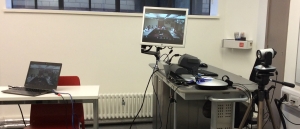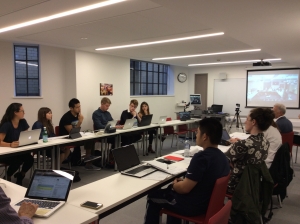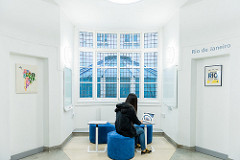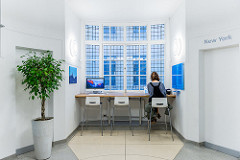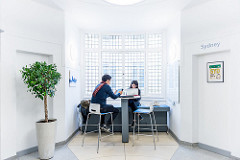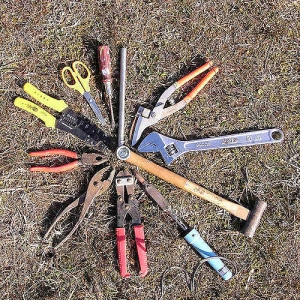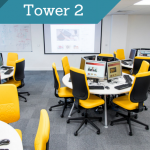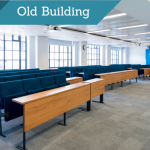Playful learning
In February I was lucky enough to attend the ‘RemixPlay’ event at Coventry University. Hosted in the amazing ‘Disruptive Media Lab’ the day featured some really interesting speakers (Ian Livingstone (CBE), Bernie DeKoven, Professor Nicola Whitton and Dr Sebastian Deterding). There are already some great write-ups about the event which I won’t replicate here, instead see the blog post by Daryl Peel from University of Southampton and The Flying Raccon’s write up of Remix Play.
For me the conference highlighted the positive aspects of play and I left thinking that we should do more to invite ‘Playfulness’ in Higher Education. Creating a playful environment/community encourages exploration, collaboration, creativity and gives people agency to try things out and have the freedom to fail, all key conditions for learning. There is an abundance of literature on learning through play and it’s importance see ‘Play, Playfulness, Creativity and Innovation’ by Patrick Bateson, Bernard Suits book ‘The Grasshopper – Games, life and Utopia’ and the ‘How We Get To Next’ reading list on the Power of Play especially the video’s at the end.
Some nice examples of a playful environment given by speakers at the event:
http://www.musicalswings.com/about/
http://www.thefuntheory.com/piano-staircase
As Jordan Shapiro et. al. note in Mind/Shift Guide to Digital Games + Learning (Joan Ganz Cooney Center/KQED, 2014)
“Play is exploration. It involves imagination. It means investigating the world of the game and feeling the frustration, flow, and excitement that goes along with playing it.”
Games designed to enable learning are becoming more popular in Higher Education. Games are a more structured version of ‘play’ and allow players to problem-solve and often involve collaboration and peer learning. Although they often involve rules and winners, games give autonomy to the players and provide a safe environment to fail and to try and test things out. They are often about making decisions and then seeing the consequences and receiving feedback on your actions. As Professor Nicola Whitton stressed, students need low-impact opportunities to experience failure (micro failures); it’s how they get feedback, learn and improve.
Games at LSE
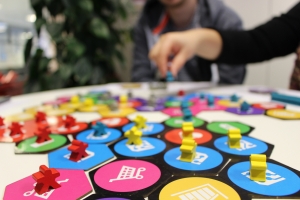 As part of an LTI grant, I have been working with colleagues in LTI on the LSE100 course to create a board game which was played in classes this term. One of the key difficulties when designing the game was to get the balance between play and content right. Too much content, and it’s not a game anymore, it’s a lecture and it’s not fun. Too much concentration on the game, and the learning outcomes are not as obvious and it’s harder for students to make the links between the concepts that you are trying to illustrate. We are now evaluating the game collecting and collating feedback from students and staff, so look out for updates on this shortly.
As part of an LTI grant, I have been working with colleagues in LTI on the LSE100 course to create a board game which was played in classes this term. One of the key difficulties when designing the game was to get the balance between play and content right. Too much content, and it’s not a game anymore, it’s a lecture and it’s not fun. Too much concentration on the game, and the learning outcomes are not as obvious and it’s harder for students to make the links between the concepts that you are trying to illustrate. We are now evaluating the game collecting and collating feedback from students and staff, so look out for updates on this shortly.
LTI has awarded several grants to projects involving games, including ‘Capture the Market’ board game mentioned above and an Ethnographic point and click video game, more info and resources can be found on our website.
Game workshop
If you are interested in exploring the use of games in education, we are running a workshop on ‘Designing quick and effective games for learning’ with Alex Moseley on Wednesday 26 April. Alex has been involved with games in education for 8 years and has lots of experience with designing games for learning. You can read an interview with Alex on this blog and you can book a place on the workshop on Eventbrite.
Spark grants
Applications for LTI spark grants are now open http://lti.lse.ac.uk/lti-grants/ with the deadline of Friday 5 May. If you are interested in finding out more, check out the LTI website and contact us to discuss your idea.


